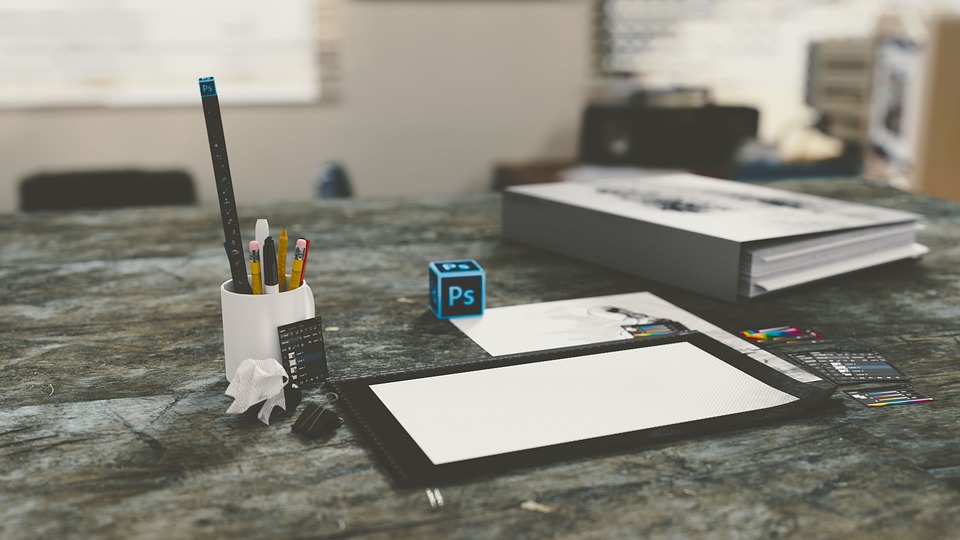Revolutionizing Manufacturing: How 3D Printers Will Transform Industries by 2024
The advent of 3D printing has already made a significant impact on various industries, but experts predict that by the year 2024, it will completely revolutionize manufacturing as we know it. The potential of this technology to disrupt traditional production methods and unlock new possibilities seems boundless. With its ability to create complex, custom-designed objects on-demand, 3D printers are poised to transform industries across the board.
One of the key advantages of 3D printing is the freedom it offers in design and production. Traditional manufacturing methods often require expensive tooling and molds, limiting the scope of innovation and customization. However, with 3D printers, designers can create intricate, one-of-a-kind objects without the need for specialized equipment. This flexibility opens up a world of possibilities for product design, allowing manufacturers to create highly personalized and tailored products for their customers.
The automotive industry is one sector that stands to benefit greatly from 3D printing. Currently, manufacturing a car involves assembling various parts, many of which are produced by different suppliers. With 3D printing, car manufacturers can reduce their reliance on external suppliers and produce components in-house. This not only streamlines the production process but also allows for greater customization and innovation in vehicle design. For example, car manufacturers can now create lightweight, fuel-efficient parts that were previously unattainable, leading to more sustainable and cost-effective vehicles.
Another industry that will experience a significant transformation is healthcare. 3D printing has already demonstrated its potential in the medical field, with the production of custom prosthetics and implants. By 2024, experts predict that 3D printers will be able to produce functioning organs, such as kidneys and livers, using a patient’s own cells. This breakthrough would revolutionize organ transplantation, eliminating the need for donors and reducing waiting times for patients. Furthermore, the ability to create personalized medical devices and implants will greatly improve patient outcomes and quality of life.
The aerospace industry is also poised to benefit immensely from 3D printing. Currently, manufacturing aircraft involves complex and time-consuming processes. With 3D printing, aerospace manufacturers can significantly reduce lead times and costs. The ability to produce lightweight, high-strength components will enhance fuel efficiency and improve overall aircraft performance. Moreover, 3D printing can enable the production of intricate geometries that were previously impossible, leading to more efficient and aerodynamic designs.
The impact of 3D printing on the fashion industry cannot be overlooked either. Traditional manufacturing methods often result in large amounts of waste due to the mass production of garments. With 3D printing, designers can create custom-fit clothing, reducing waste and promoting sustainability. Additionally, the technology allows for the creation of complex and unique designs that were previously unattainable. This opens up new avenues for creativity and expression in the fashion industry.
While the potential of 3D printing is vast, there are still challenges to overcome. The cost of 3D printers and materials remains a barrier for many manufacturers. However, as the technology advances and becomes more widespread, prices are expected to decrease, making it more accessible to a wider range of industries.
In conclusion, the transformative power of 3D printers on manufacturing is set to revolutionize various industries by 2024. From automotive and healthcare to aerospace and fashion, the potential applications of this technology are vast. The ability to create custom-designed objects on-demand, reduce waste, and enhance product performance will reshape the manufacturing landscape. As we look towards the future, it is clear that 3D printing will be a driving force in innovation and efficiency, unlocking new possibilities and transforming industries like never before.

